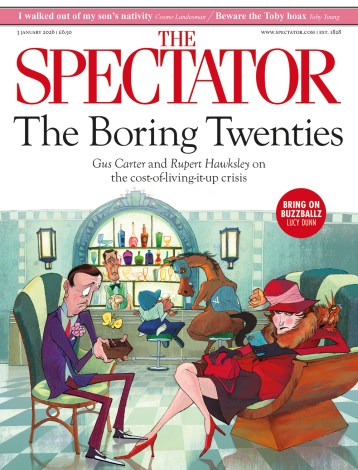Theatre and transgression in Europe’s last dictatorship
In a drab residential street in foggy, damp Minsk, four students are at work in a squat white building that was once a garage. They vocalise sequences of letters, clap their hands, throw their arms in the air, discuss their actions. Each — three girls, one boy — is elegant, light of limb, fiercely concentrated. The room they are in is about 20 feet by 20, with two blacked-out windows and four square lights on the ceiling. It’s not certain that all the bulbs are functioning. Down a tiny corridor is a bedraggled kitchen full of empty bottles that are, in fact, props. Upstairs there is a tiny rehearsal space,



















